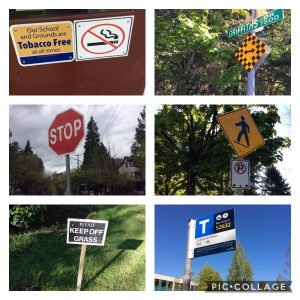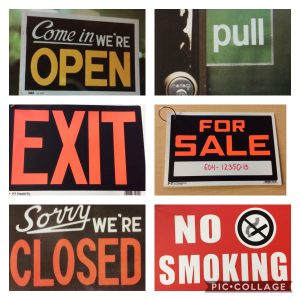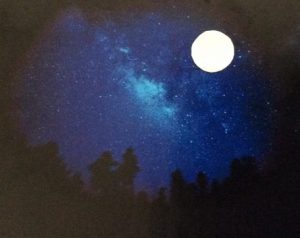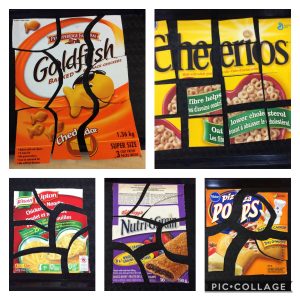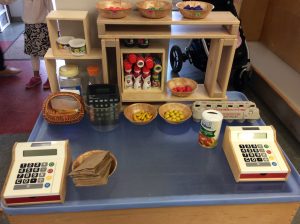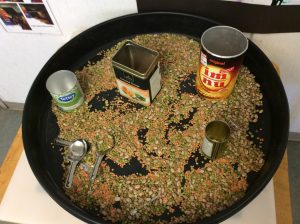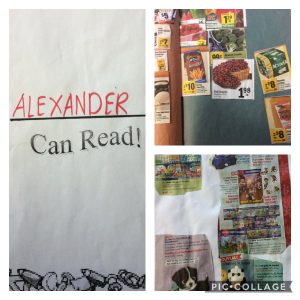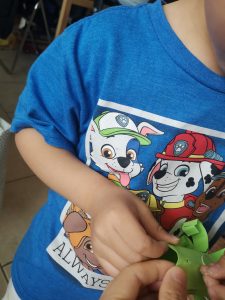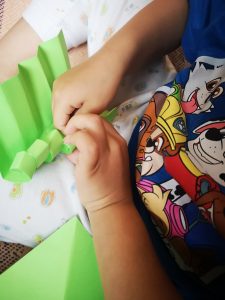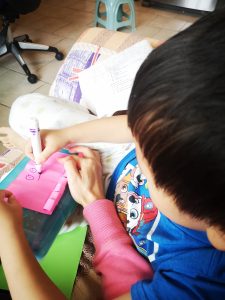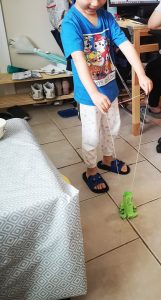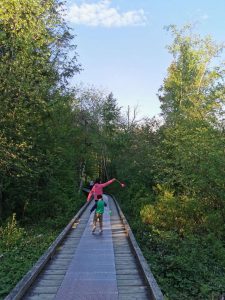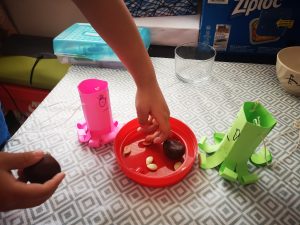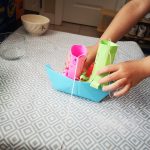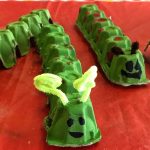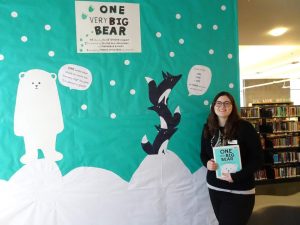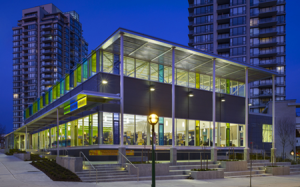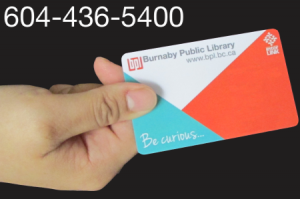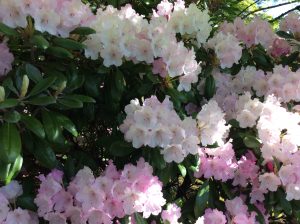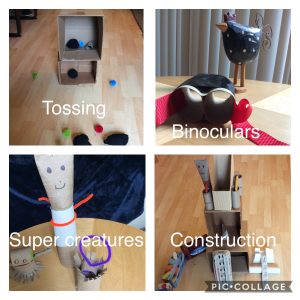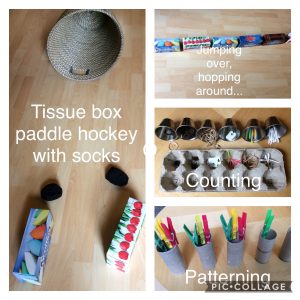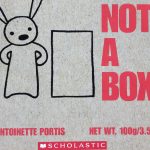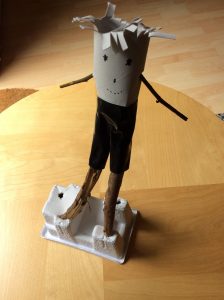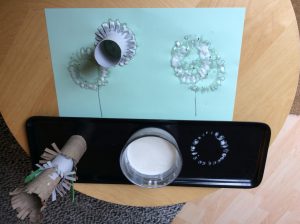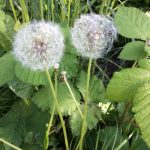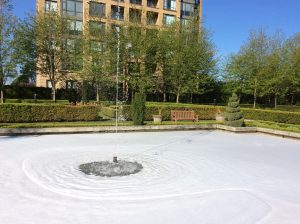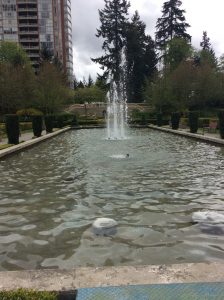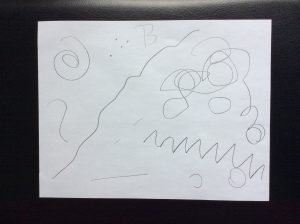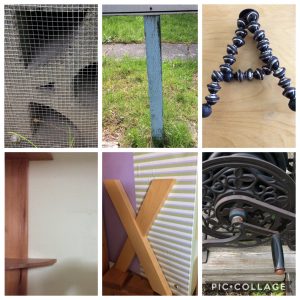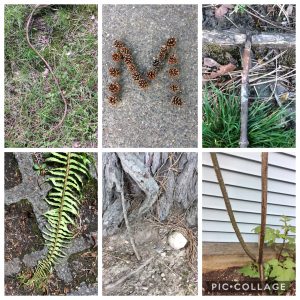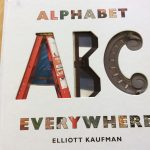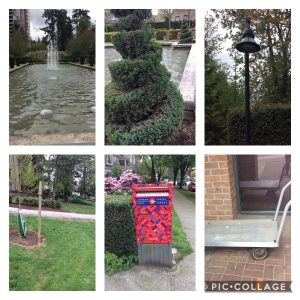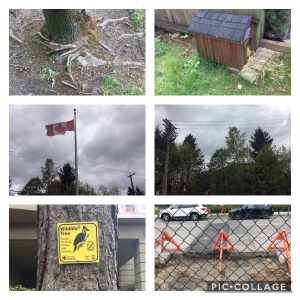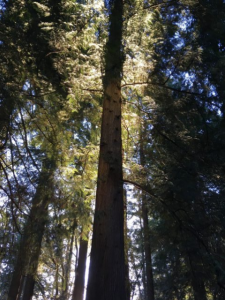In our StrongStart at springtime every year we usually do some planting and sprouting.
This other day I found a load of popping kernels at home, the kind you use to make popcorn. I decided to try sprouting and planting them as an experiment. I wasn’t expecting that popping corn would sprout!
I used two sheets of paper towel sheets soaked with water. I put one in a bowl, then I put a handful of corn kernels on top and covered it with another scrunched wet paper towel. I put the bowl in my window sill. I was lucky we had a few sunny days, to my big surprise, after a couple of days I saw that kernels sprouted!
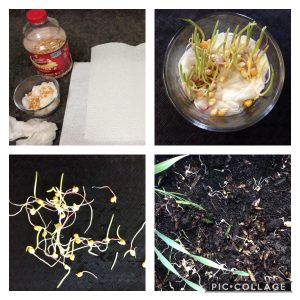
After I left them few days longer the sprouts became bigger and longer and some grew light green leaves as well.
When I visited our StrongStart Centre, I planted them in one of the planters (closest to our picnic area). I wonder what will happen? Will they continue to grow? If you are walking by our Centre, look in the planter pictured here and let me know. Take a picture of any flowers that are growing too.
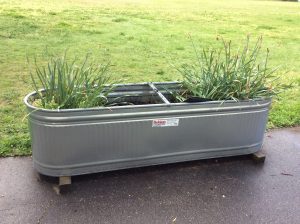
At home, you can sprout beans, chick peas, mung beans (these are the easiest to sprout), you can also sprout seeds and nuts, some you can eat raw, some you will have to steam or cook. It is so healthy and easy. Please note that sprouted corn is not good to eat either raw or steamed.
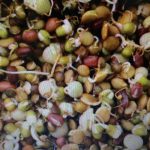
Basic How-to sprout seeds and nuts:
Wash very well, then soak the nuts or seeds in water. Soaking times vary depending on the variety.
Drain, rinse, and put them in a jar. Cover the jar with something that allows for air flow, but will also protect from bugs and dirt. Sprinkle with water twice a day until they begin to sprout.
Search the internet for more specific instructions regarding food safety.
Enjoy!
Ms. Lillian
